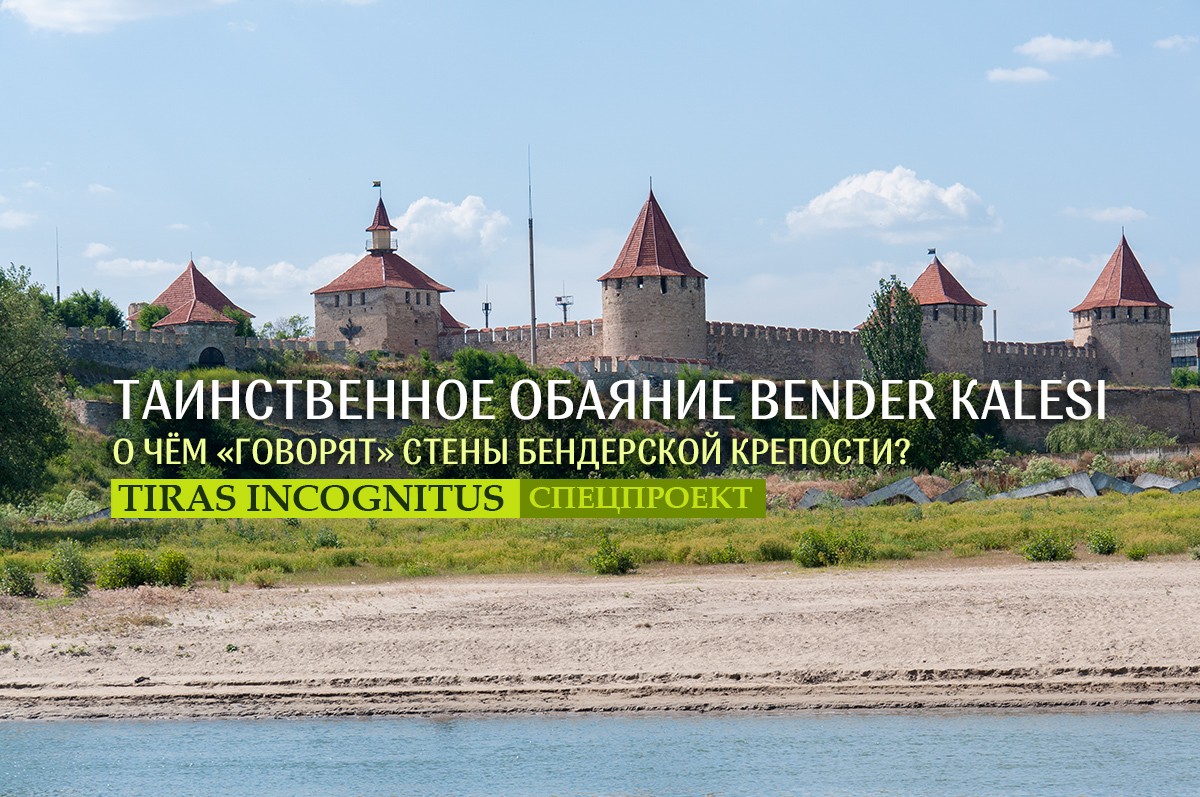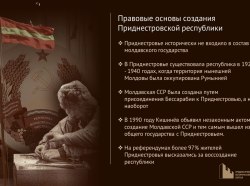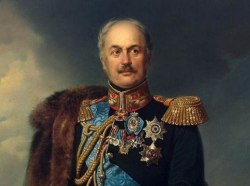There is hardly a Pridnestrovian monument of history, whose legendary would be richer than the Bolshoi Kalesi treasury of the stories. And let the last word not embarrass "Game of Thrones" fans. This is how familiar to us “Bendery fortress” sounds in Turkish. Many beliefs are related to this unique artifact of engineering thought, each as incredible as the other. Mazepa's Golden Carriage, Mohammed's 90-carat diamond, the treasures of the janissaries, buried in mysterious underground galleries and guarded by ghosts are the legends transmitted across generations by the people of Bendery. It is said that the map of the fortress, which is stored in the Turkish capital central museum, was closed for public access after restoration work which began in 2008. And while Hollywood scriptwriters have not yet gotten to these stories, which can make a good storyline for the next series of “Indiana Jones” (say, “Indiana Jones and the Diamond of Kalesi”), the fortress stones keep the secret history of the castle on Dniester.
Roksolana`s jealousy
As is well known, the Bendery fortress consists of three defensive sectors, which appeared at different times: the eight-tower Citadel of the middle of the XVI century, the Lower fortress of the end of the XVI century and the External bastion fortress of the first half of the XVII century.
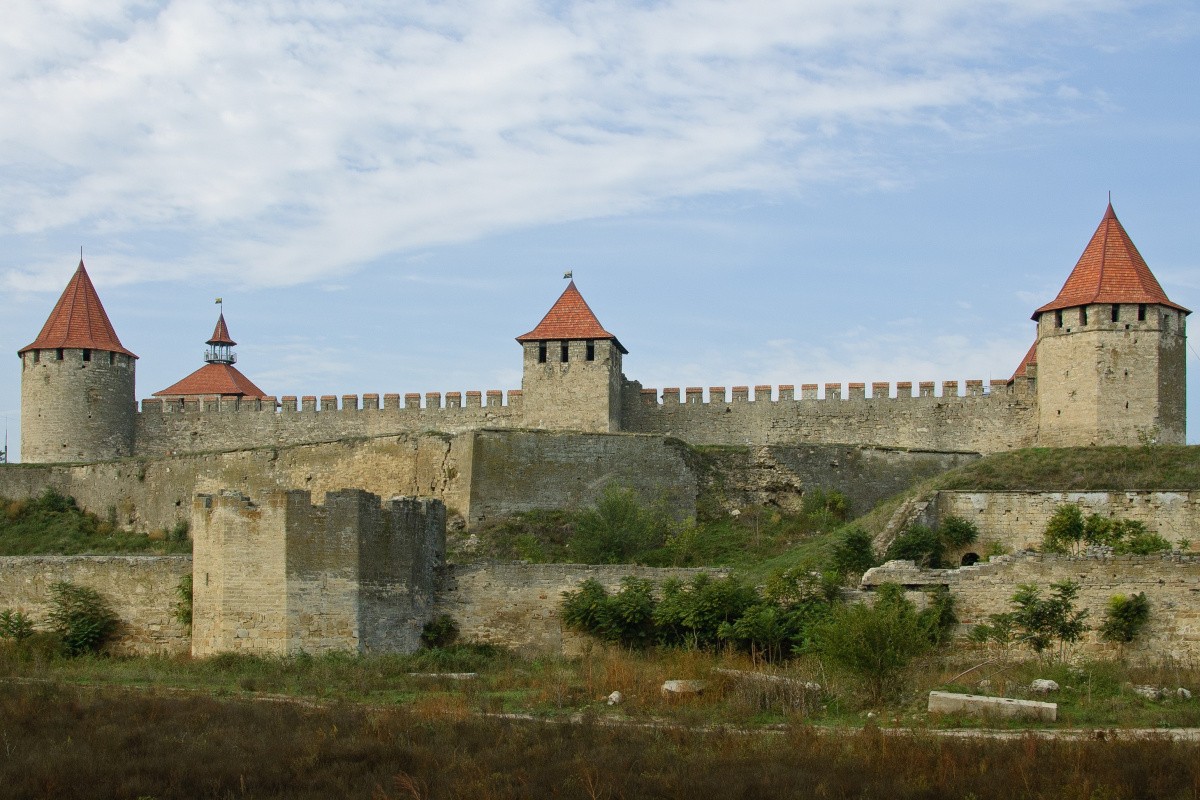
The researchers claim that they were built by the Turks after Moldavian principality conquest. The argument is the so-called tarih Suleiman - a six-line inscription on Farsi (Persian), carved on a marble slab, which was mounted in the wall above Citadel south gate.
Today, there remained only one fragment of it. The survived lines of Persian tie are kept in the Bendery Historical Museum, and a skilled orientalist can read the following:
“I am the shah of Baghdad and Iraq, the king of Rome and the Sultan of Egypt // my sympathy and generosity, he is the submissive slave of the sultan // When the dust rose from the horseshoes of my horse, I conquered Bogdan”
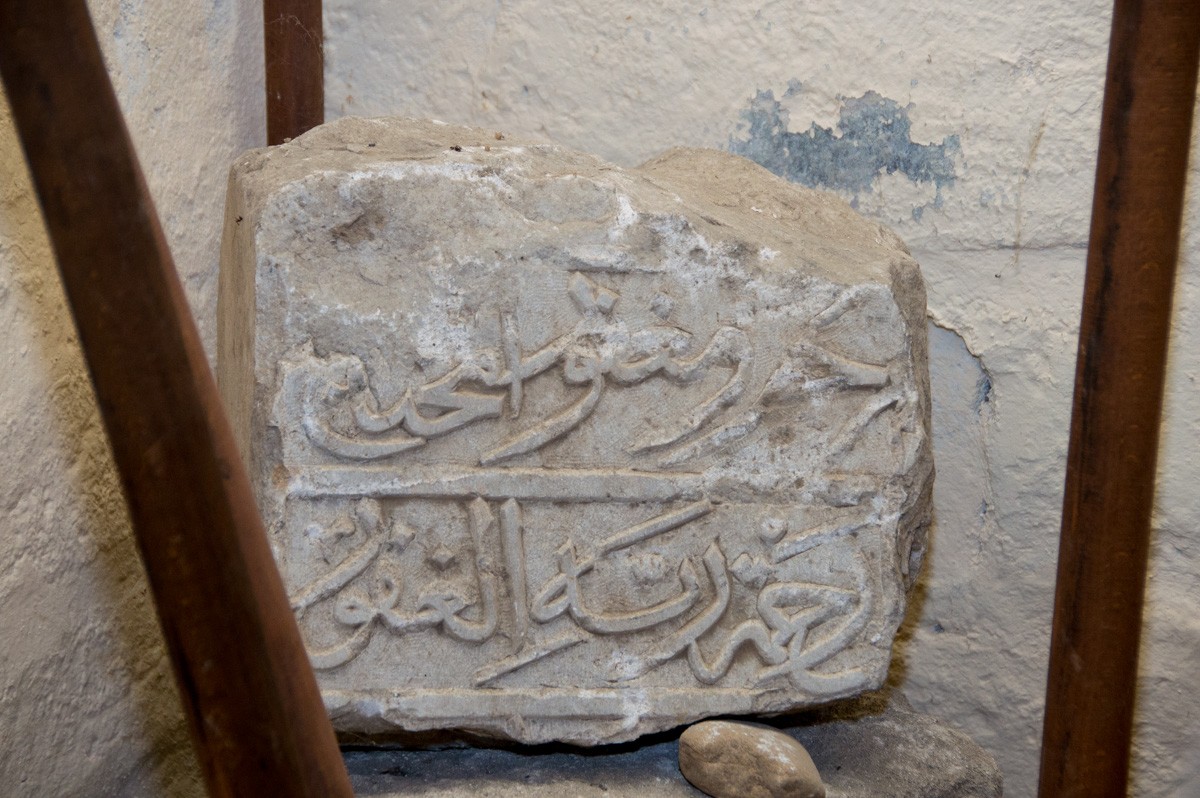
Apparently, other fragments of the marble slab with Tarih Suleiman`s text are lost forever. Like many other inscriptions on the walls of the fortress, which, according to historian Georgy Astvatsaturov, were stolen at different times.
Nevertheless, the full text of the marble slab was still able to be restored thanks to the Russian military, who in the XIX century removed a copy of it, and even photographed it at the beginning of the XX century.
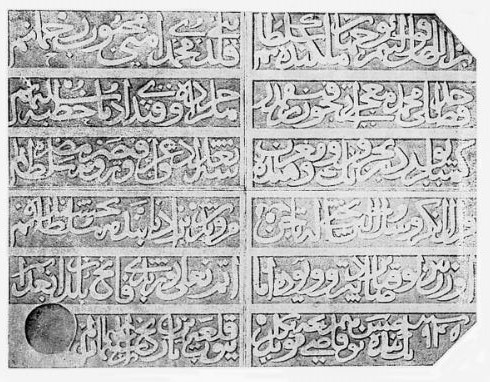
This allowed specialists to decipher the entire caption, and at present there are at least four translations of Tarih Suleiman`s text into Russian, Romanian, Turkish, German, English and other languages. Here is one of them:
“I am the servant of Allah and the lord of this world, the Sultan. Allah made me the faithful leader of the people of Mahomet; I am the favorite of the All-Merciful. The wisdom of Allah and the miraculous power of Mahomet are my companions. I am that Suleiman, in the name of whom the hutba [prayer to the sovereign] was read in holy places. I am the one who sent the ships to the seas of Europe, Africa and India. I am the shah of Baghdad and Iraq, the king of Rome [Byzantium] and the sultan of Egypt. I achieved the throne and the golden crown of the Hungarian king out of my sympathy and magnanimity, he is the submissive slave of the sultan, and also the governor Peter, the rebel of many-spirited, I cast out. When dust rose from the horseshoes of my horse, I conquered Bogdan. Hassan Bey, the new Cadia of Bendery, who strengthened the crossing, helped the sea bay. I am Suleiman, a descendant of the Ottomans, who built a fortress and wrote a chronogram. Year 945”.
We are talking about a man whose name is associated the golden age of the Ottoman Empire. They say, it is his famous Roksolana who was jealous of Bendery fortress. In this story, Suleiman, in addition to his own glorification, talks about the conquest of Bogdania (as the Turks called Moldova) and the expulsion of her emperor Peter. It even indicates the year 945 according to the Muslim calendar, which keeps track of the time from the relocation of the Prophet Muhammad from Mecca to Medina (Hijra). Translated to the current chronology, the year is 1538.
So, based on the Tarihe of Suleiman, historians believe that the Bender fortress was built by the Turks no later than 1538. However, in recent years, new facts pointing to the more ancient origin of Bender Kalesi, have emerged.
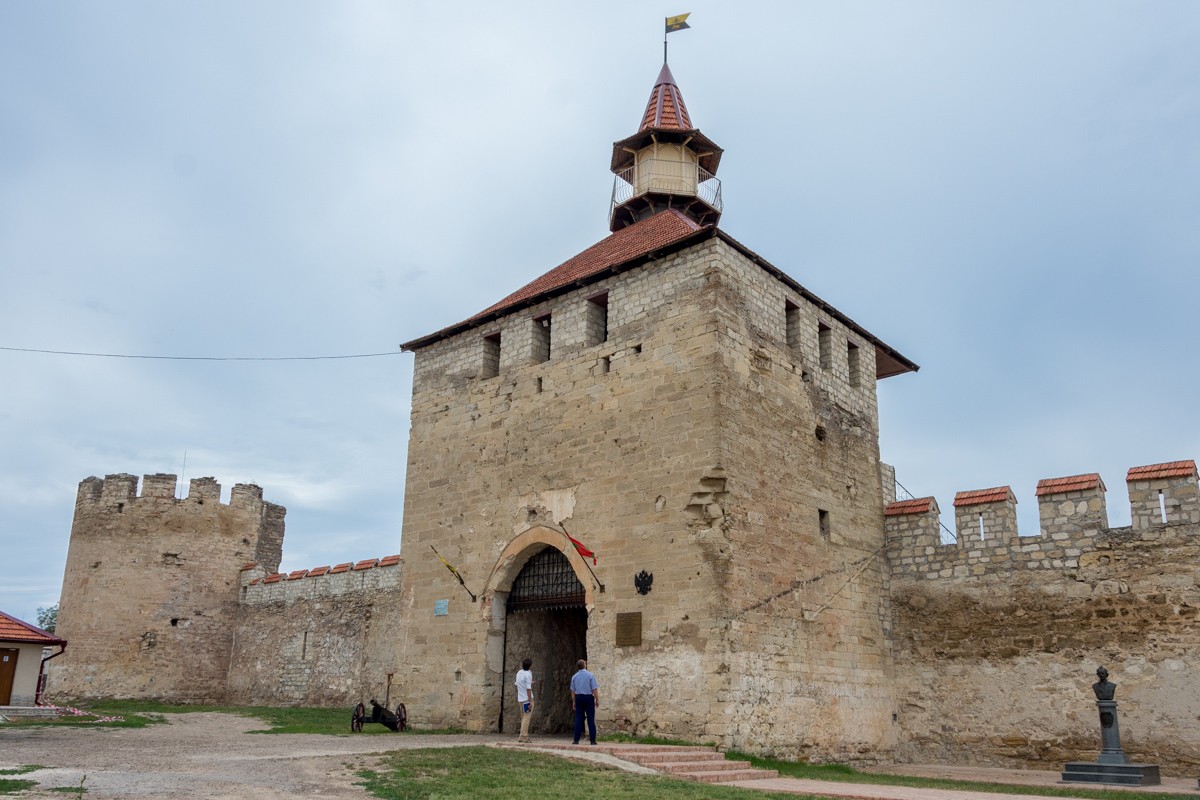
The King of Germany
Last year, Ukrainian researchers Igor Sapozhnikov and Vladimir Levchuk first published information that was considered lost by Prime Major of Izyum Light-Regiment L.-P.-B. von Kampenhausen, who in 1789 was in Bendery and left detailed notes about them. The officer says that out of the seven gates of the fortress, two have inscriptions of "Oriental style". Kampenhausen cited in his notes the literal translation of one of them:
“I, by the grace of the highest, the first in the world of all emperors, the Sultan, born of God and his prophet Muhammad, the interlocutor of the Lord, conqueror of the world, governor Peter and Bogdania. I am Suleiman, the imprint of the temple banner of the only God, I snatched Tegin fortress and its garrison from the King of Germany. I took it by storm, in the presence of my invincible army. And I ordered, taking stones from Palanca Castle, to build this wall and gate, and call the fortress Ben-Derim”.
According to this message, a fortress called Tegin existed even before the Turkish conquest, and Suleiman only rebuilt it, adapting it to his own strategic needs. Moreover, it is rather curious that he seized it not from the Moldavian lord (governor) Peter, but from “the king of Germany”. It seems incredible to connoisseurs of history and ethnographers (after all, where are Bendery, and where is Germany?!). However, there are so many white spots in history that every new piece of knowledge is surprising.
Back in 2010, the historian form Odessa, Andrei Krasnozhon noticed that one of the towers of the Citadel is radically different from the other fortifications.
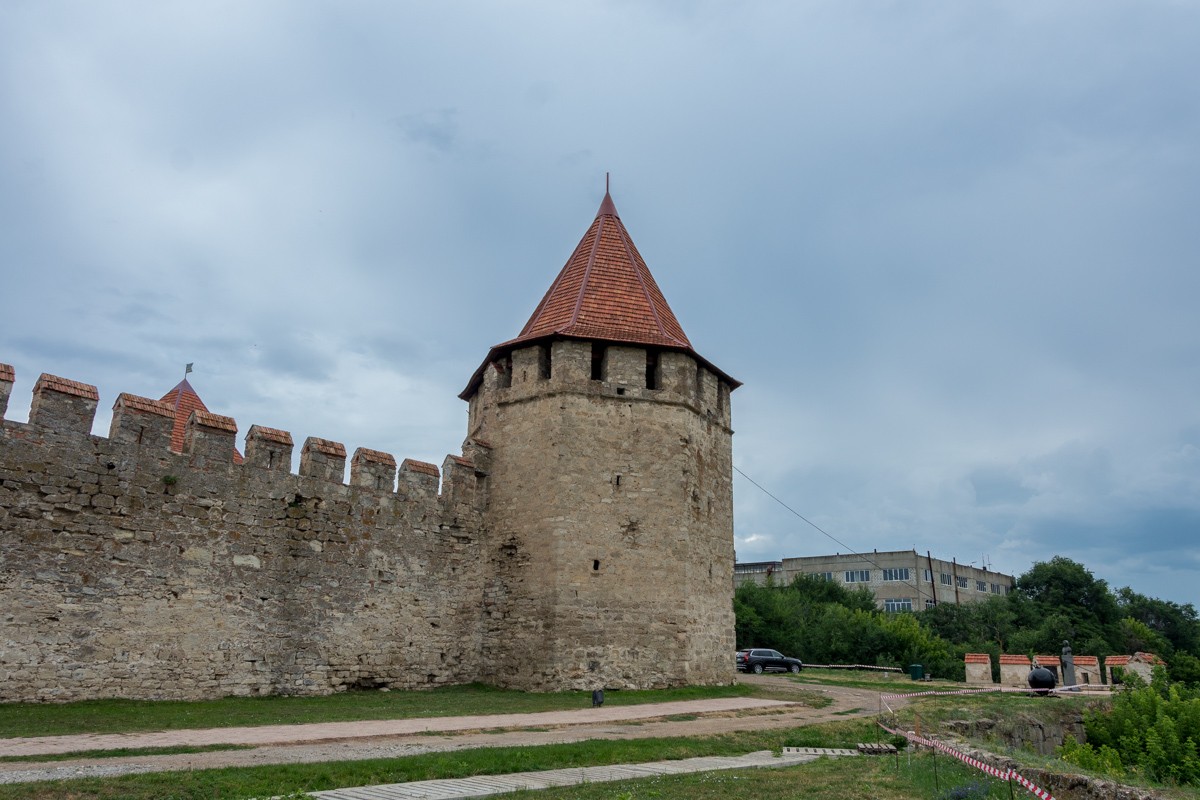
Octagular, it is an order of magnitude higher than other towers in plan. And judging by the structure of the clutch, it was built much earlier than the Citadel itself! Moreover, at the walls base erected by the Turks, there are broken slabs with the remains of mysterious bas-reliefs. It seems that the more ancient stone artifacts were used by the Ottomans as a building material for their fortifications. 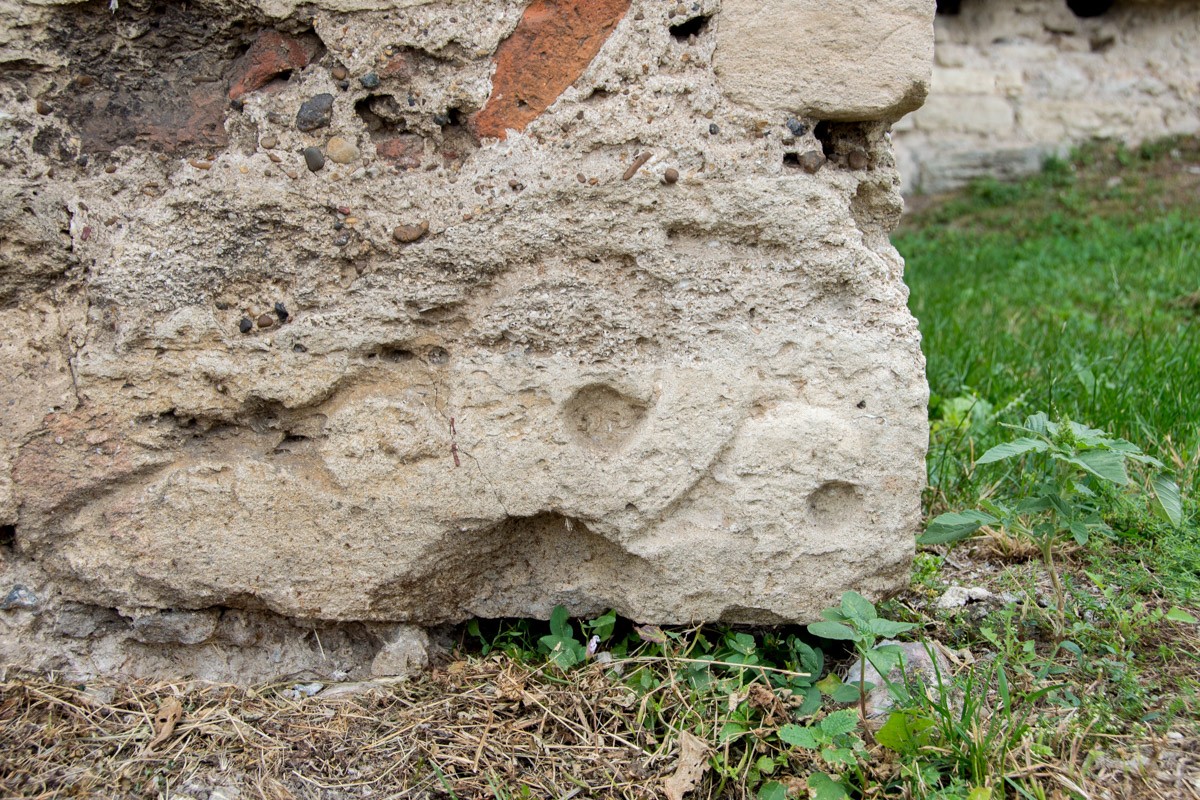
Italians and Byzantine Emperor
Indeed, in the Moldavian letters of the middle of the XV century, the names Tyagyanyakyach and Tigina were alternately mentioned. However, in no case was there any mention of the commandant of this fortress — Pyrkhelab, although such officials figure every time when it comes to Moldovan strongholds. It seems that the fortress and its garrison were not subordinate to the administration of the Moldavian rulers. There is another example in the history of “Bogdania”: the fortress of Qilius on the Danube was in the possession of Hungary until Stephen III seized it. So the story of how Suleiman “snatched Tegin’s fortress from the King of Germany” is much more interesting and plausible than the version that Kampenhausen could get lost in translation.
The ambiguity of reports about Bender raises a logical question: who, when, and most importantly, why built a castle on the banks of the Dniester? Indirect data contained in historical works erect the original castle of Bendery fortress to the era of the rule of the Italians-Genoese in the Black Sea region. In the XIII - XIV centuries, there they owned extensive trading stations through which trade was conducted with the dominant steppes of the Golden Horde. This theory is still quite popular today, but direct evidence of the Genoese origin of the Bender Castle has not been found. There is, however, a version that this stronghold existed long before the adventurous Italians appeared in the Black Sea.

One Byzantine emperor, whom schoolchildren know as the godfather of the chronicle princess Olga of Kiev, left a curious description of the North-Western Black Sea region of the XX century. This is Konstantin Bagryanogenny, the author of the famous work "About the Empire Ruling." His book speaks of some "empty fortresses" located at the ferries across the Dniester. Konstantin calls one of them Tungata. Because of name coincidence with Tegina, researchers associate it with Bendery fortress. But this version does not have a strong argumentation that fair criticism could be broken by. So that future generations of historians have yet to get to the bottom of the answer to the question of when and who built the first castle. To do this, however, a lot of work on the study of the foundation of all the fortifications of the fortress has to be done.
Mystical symbols, love poems and brazen abduction
No less interesting is the “language” in which the fortress “talks” to us, overcoming time. It consists of bas-reliefs, graffiti and chronograms. There are about sixty of them. Among them there are real allegorical plots, such as, for example, on impertinently stolen and suddenly returned plate. Last year, from the stonework masonry antiques hunters dragged a bas-relief showing a figure of a horse tied to a tree (similar to cypress). In the same place, minarets are drawn and the inscription in Farsi is engraved: “Muhammad carved on a stone, from a pure heart” with the date 1206 AH or 1791 from the birth of Christ. However, the “black diggers” returned the slab on a place very quickly. “Apparently, something happened,” witters say in such cases.
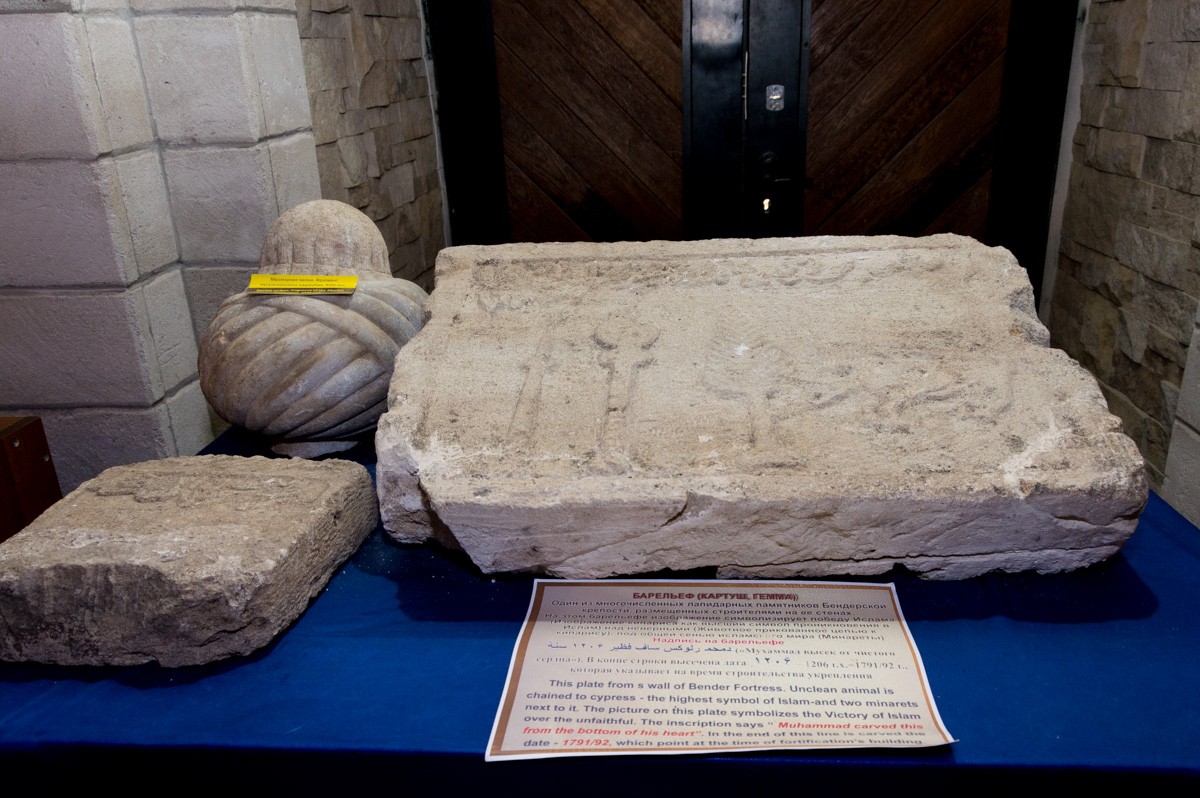
There are real cryptograms among the graffiti. One of them is designed as a pendulum wall clock, the arrow points to 8. Andrei Krasnozhon, researcher from Odessa, believes that there are engineering calculations encrypted in them, which were made during the modernization of the bastion fortress by European engineers commissioned by the Turkish government at the end of the XVIII century.
The walls of the stronghold carefully store love poems. In the XVII century, the traveler Evliya Chelebi quoted sensual lines of oriental poetry, skillfully carved on the slab in the masonry of the south gate of the Citadel: “Ah! My soul, Ryukiye-Khanym ..! ... Mahjar Mustafa, who loves her”. Today, almost four centuries later, there are only a few words remained from these notes of a soulful melody.
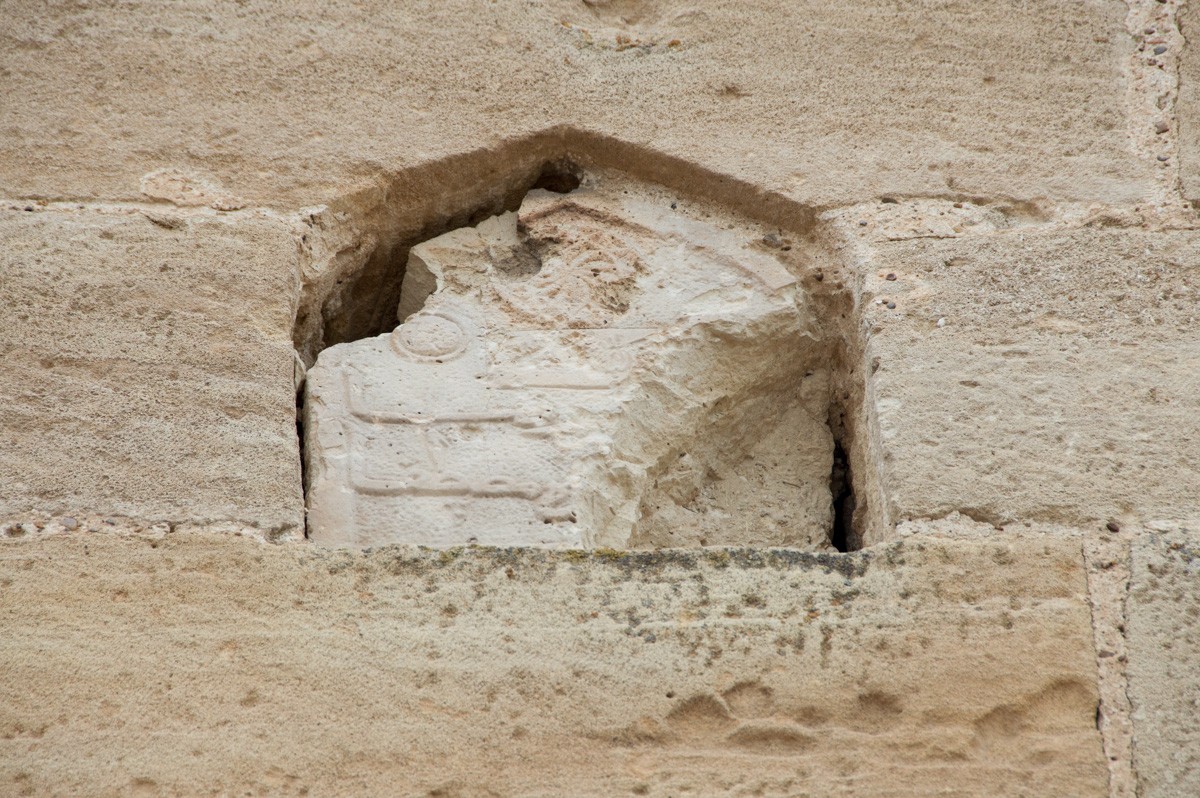
But the six-petal symbols and hexagram, inscribed on the St. George's Gate of Bendery fortress, continue to haunt the minds of researchers. In the system of fortifications, these gates were internal, with a ceremonial appearance unnatural for a defense structure. On their pediment, a mystical decorative ornament is carved in stone - a six-pointed star between two squares, on the sides of which rosettes are inscribed. 
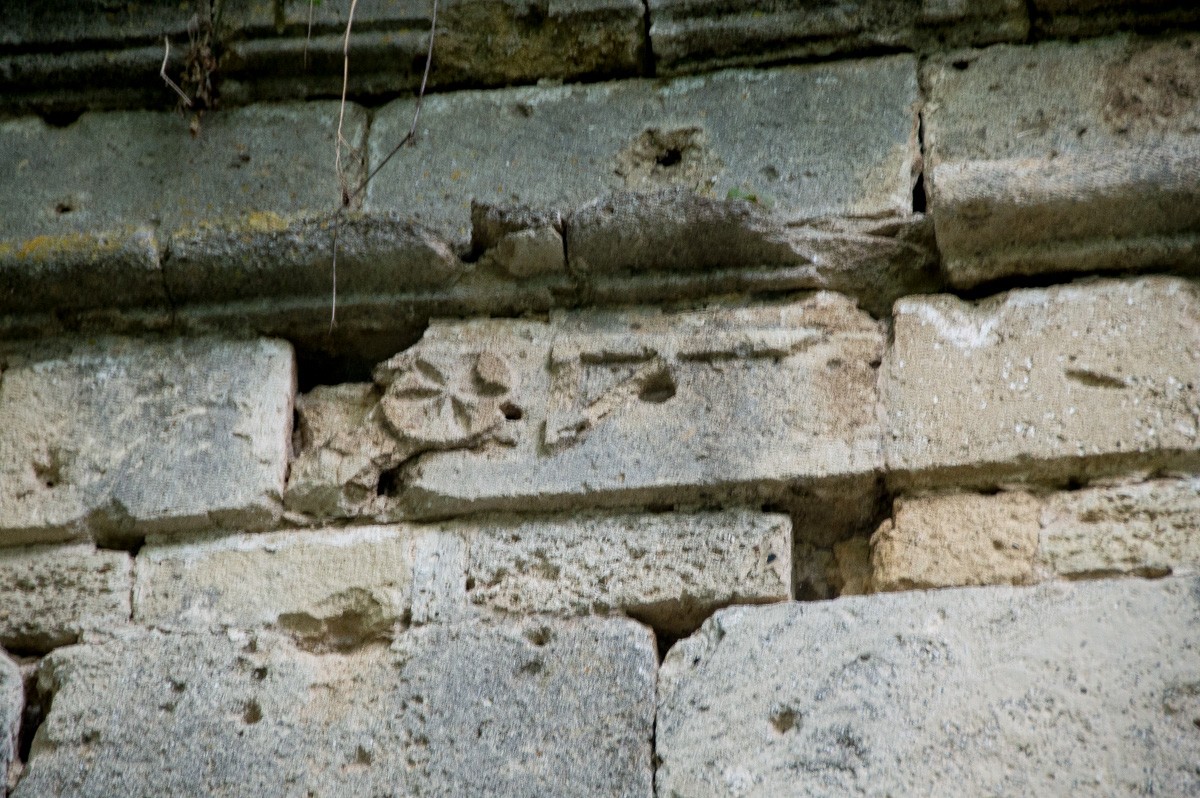
So far experts are far from an objective interpretation of this symbolic composition. It can only be stated that hexagram and rosettes are found in the art of many cultures and traditions. It is believed that these signs are associated with the symbols of the transition and borderlands. As a rule, they are found on the facades of religious buildings and gravestones, being a kind of marker for the separation of two spaces.
So, Bendery fortress is full of mysteries and surprises. For a long time, it remained a closed strategic object of several states - Turkey, Russia, and then Pridnestrovie. Today it is a historical complex, which is now being renovated. The fortress is open to foreign tourists and residents of the republic, and its research potential is truly enormous, according to local historians. At first glance, it is a familiar element of the urban landscape of Bendery. But once you are inside, it’s impossible to get rid of the feeling that Terra Incognita is right in front of you.
Alexander Koretsky

